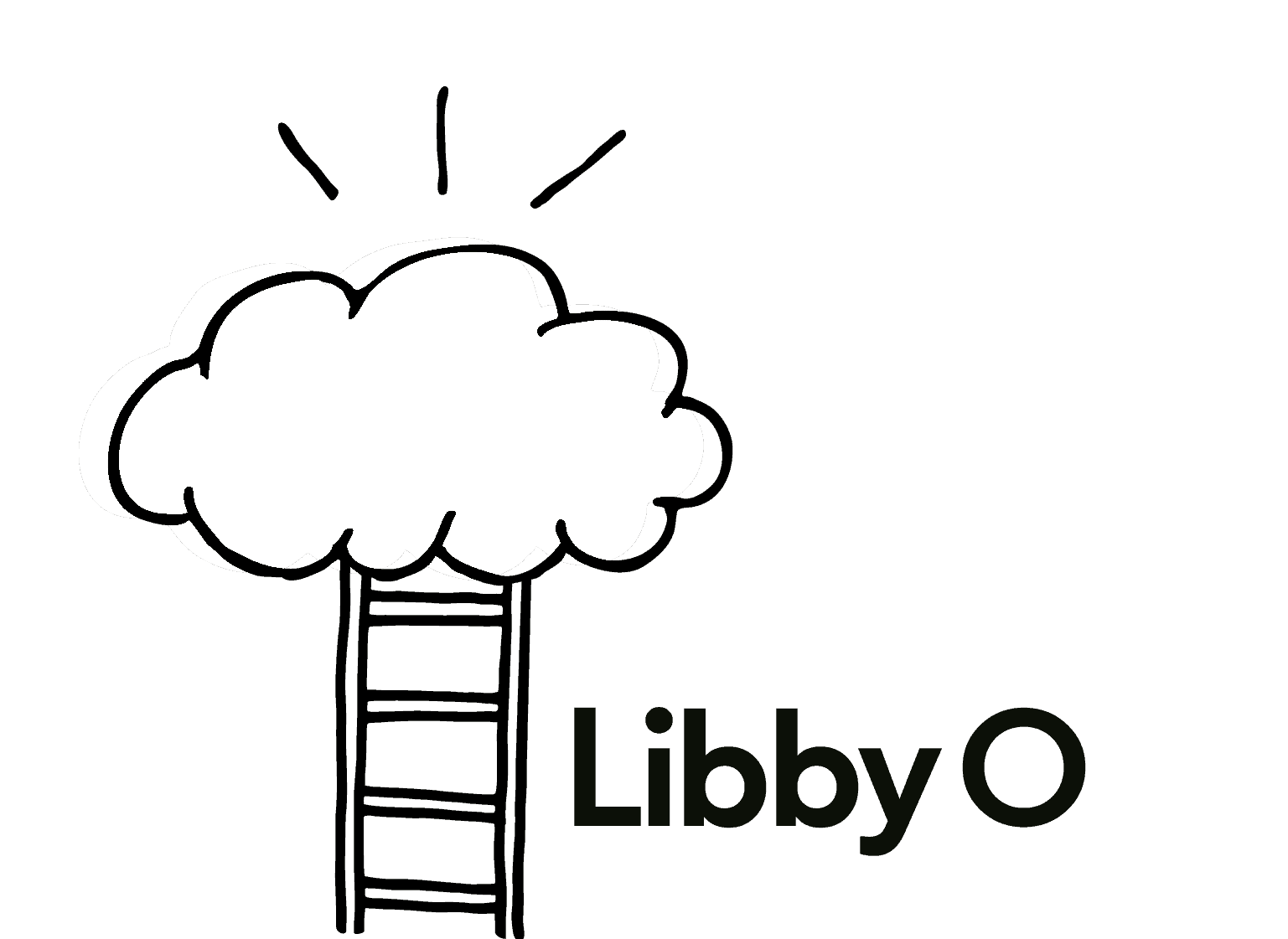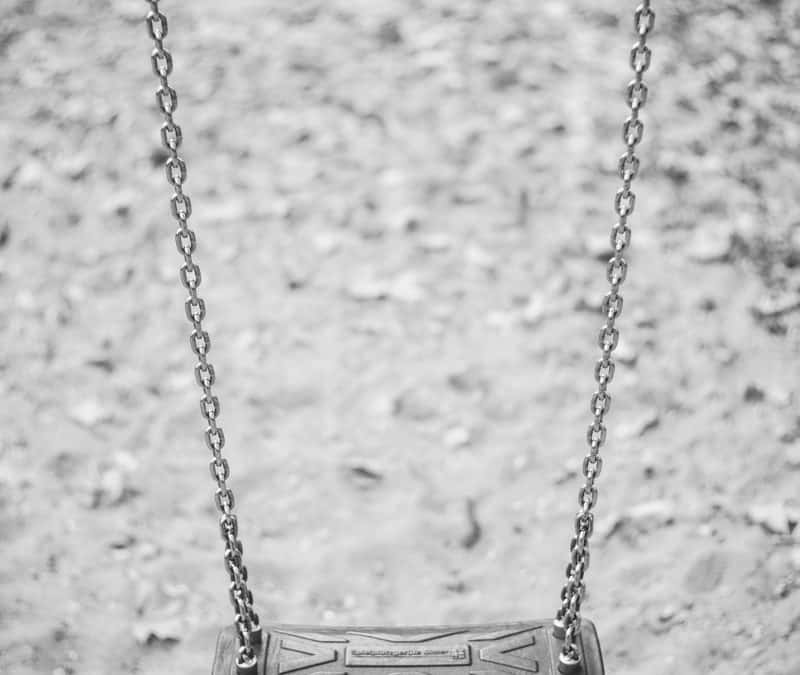I’ve worked with Aboriginal communities for about a decade: in strategic planning, community development, communications, logistics and governance. I’ll be frank – I’ve seen some extreme examples of tokenism when it comes to closing the gap and empowering communities. It’s enough to make your taxpayer dollar cry.
However, it’s not all doom and gloom.
I recently had the privilege of working with a team who really were, empowering their communities from the ground up.
The manager of the Children’s Services team at Central Desert Regional Council asked me to be part of the development of a solution to address the trouble that routinely makes its way into her staff’s workplace: childcare centres in remote Aboriginal communities.
This very skilled and experienced kartiya (non-Aboriginal woman) and her bevy of ninty (smart) staff could well have developed a pert piece of bureaucracy that would have tickled the fancy of their funding bodies in no time flat. However, she chose to invest the time and asked her community-based Aboriginal staff to take her, and the other non-Aboriginal team members, on a culturally appropriate journey.
With kids on the breast and on the floor, train tracks and tepees adorning the room, we teamed up to develop an approach that turned the org chart upside down.
Most of the solutions that surfaced were anticipated; however, here’s the gold:
√ The day brought up ideas that the non-Aboriginal staff had not considered.
√ Going on the journey created true engagement, learning and opportunity-rich teamwork.
Throughout the day there were a number of occasions where I saw lightbulbs flicker over the heads of both yapa and kartiya (including me) as we talked through each other’s ideas and democratically decided which ones were ‘right way’.
Just on the tail end of the day, the ladies came up with an idea that no one saw coming – an idea that if successfully implemented, will send a strong message to the children, the community, the organisation and to those who make decisions on behalf of Aboriginal people. Out of respect to the process, I won’t go into what it was, but I do want to point out that your team can also go on this journey.
Just by being open to ideas and committed to working together:
√ We were able to educate the whole team on a raft of matters from law, to lore, to culturally appropriate ways to work, to the procedures and policies that apply in this setting and how they affect the team’s work and the children.
√ We got buy-in in relation to the change process by allowing the team to use their knowledge to solve the problems.
√ We created empathy and a shared understanding of different people’s experiences of the violence.
√ We fleshed out some previously unspoken experiences.
√ We increased engagement by honouring people’s ideas and opinions.
√ We saw morale shift in having the team truly work together.
√ We made inroads into some longstanding and complex problems.
√ We created a workplace that was relaxed, respectful, fun and therefore productive – a workplace where people wanted to be.
In a space where I so often hear “my staff are disengaged”, this day was a treat and a privilege.
L.O.L.

